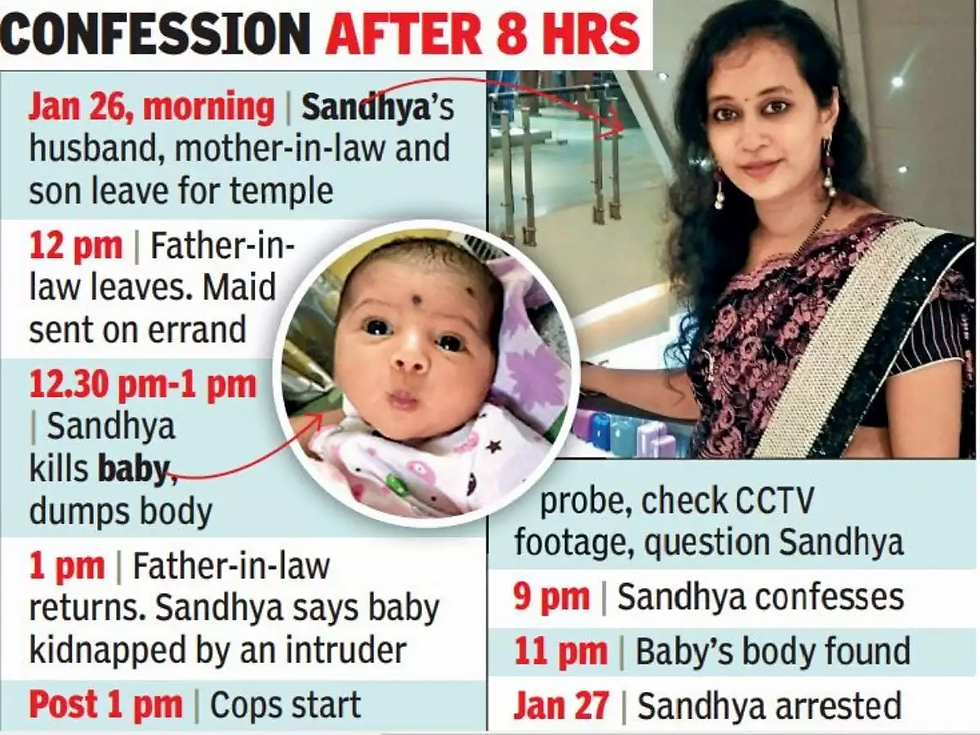Many of us not aware that every 100 children in the world today, 16 of them are #child labourers, 12 of them are in its worst form, and many will never go to school? There are 246 million child labourers in the world today, most are in developing countries. Some of them are as young as 5, 186 million of them are under 15 and 170 million of them are doing hazardous work and operating dangerous tools or #machinery. These small children's are regularly working on plantations, farms, mines, or even construction site, breathing in noxious fumes and exposed to harsh chemicals or dangers. Of every 100 children, more than half will never finish school, escape poverty or even have a decent job.
First, let all clear what exactly child labour is?
Child labour is the employment of children under an age determined by law or custom. This practice is considered exploitative by many countries and international organizations. Child labour was utilized to varying extents through most of history, but entered public dispute with the beginning of universal schooling, with changes in working conditions during industrialization, and with the emergence of the concepts of workers' and children's rights.

So, the question is how can we stop child labour?
We can solve this problem by improving child labour legislation and laws and also by increasing the quality, relevance and access to education. Many countries have national child labour laws that establish a minimum age for work and regulate working conditions. However legal protection for child labourers is not effective to the kinds of work children are most involved in, such as agriculture and domestic service. In addition, labour laws in many countries do not cover factories employing less than ten people. It is, therefore, important to extend protection so that laws cover the main places where children work.
#Education is also a key to ending the exploitation of children. If an education system is to attract and retain children, its quality and relevance must be improved as well. Children who attend school are less likely to be involved in hazardous or exploitative work. They are also more likely to break out of cycles of poverty. The main obstacle to achieving universal primary education is only the inability and/or the unwillingness of governments to provide quality educational facilities for poor children in rural areas and in city shantytowns, because evidence from around the world has shown that poor families are willing to make sacrifices
to send their children to school when it is economically and physically accessible. In conclusion, child labour should not happen as our greatest "natural resource" is the mind of the children. If child labour continues, the children will not be able to get a good education and our society cannot improve.



.png)




